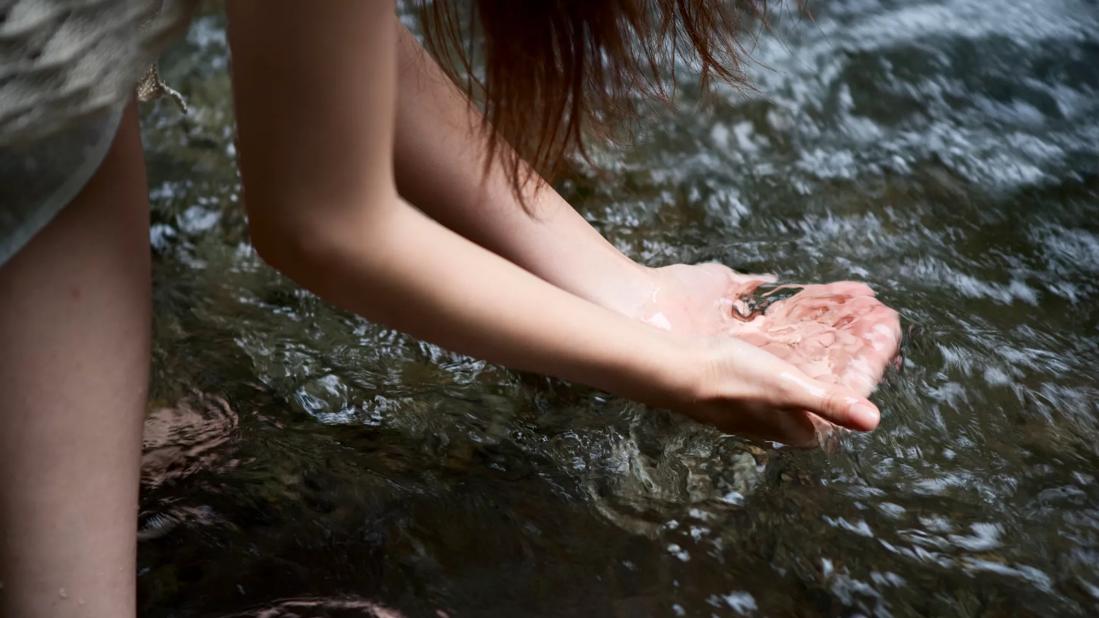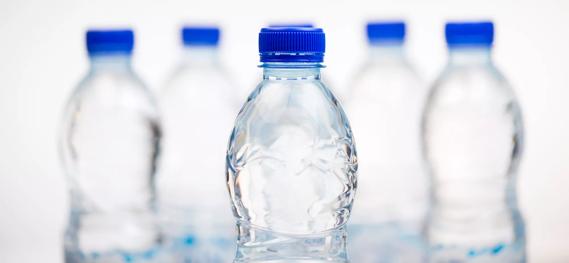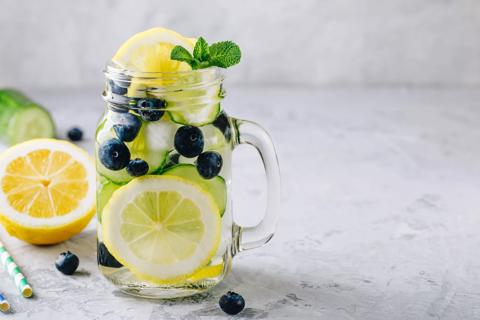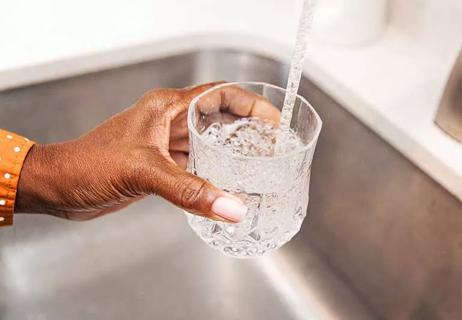Drinking untreated water can have dangerous consequences, like bacterial infections

We all know that drinking good ol’ H2O is one of the best choices you can make to keep your body healthy. That’s not up for debate.
Advertisement
Cleveland Clinic is a non-profit academic medical center. Advertising on our site helps support our mission. We do not endorse non-Cleveland Clinic products or services. Policy
But what’s coming into question more and more these days is how to make sure the water you’re drinking is safe. Because drinking contaminated water can cause an ocean of troubles.
Some people have become increasingly wary of the tap water in their homes. It’s a concern that’s been exacerbated by news stories about unsafe levels of lead and other contaminants in tap water in a small number of communities.
So, rather than rely on the water that’s piped into their homes, some people are turning to a more off-the-grid solution. One with the potential for dangerous consequences.
It’s becoming a trend to drink untreated spring water, natural water or “raw” water — that’s to say, water in its most natural state. Unfiltered. Unaltered. Just water straight from the ground. Or the spring, lake, creek or wherever you source it.
And that’s cause for concern, says registered dietitian Gillian Culbertson, RD, LD.
What are the dangers of drinking untreated spring water and other sources of raw water? Let’s take a deep dive.
The “raw water movement” is all about getting your H2O from sources that don’t rely on public infrastructure. That’s to say, not drinking water that travels through the pipes that come into your home.
Advertisement
That can mean different things to different people. Some raw water enthusiasts recommend setting up troughs to catch rainwater. Or getting specialized equipment to leach water out of the atmosphere. Or filling jugs of water from naturally occurring springs, ponds, lakes, streams, rivers and other bodies of water.
Proponents of raw water will tell you that the water tastes better. That it has all the good minerals and probiotics that get filtered out when water is tested and treated. That it’s natural — and, therefore, better for you.
But here’s the trouble with that logic: Lots of things aren’t good for you in their most natural state. Chicken is a good source of lean protein, but it needs to be cooked to be safe to eat. The fruits and vegetables you buy at the store are made safer by washing them before eating.
Water falls into that category as well: It’s super healthy — but only when treated properly.
“When you choose to drink water that hasn’t been properly tested and filtered, you’re taking a big risk,” Culbertson states. “If you’re looking for an alternative to drinking water straight from your faucet, there are safer ways to do it.”
Before you start worrying about that jug of water you bought at the grocery store, though, take a deep breath. When we’re talking about raw water and untreated spring water, the problem lies in water that’s not sold commercially.
Bottled water is regulated by the U.S. Food and Drug Administration (FDA). It provides oversight to ensure the water you purchase is filtered properly and is free from bacteria and other contaminants.
“When we go buy a bottle of spring water from the store, it’s been thoroughly tested,” Culbertson clarifies. “As long as the company is following the standards they’re supposed to, it’s safe to drink.”
Safe water is a cornerstone of human health. And access to treated water is widely available in the United States.
Why is water treatment so important? And what makes untreated spring water and raw water so dangerous? Let’s take a look.
The Centers for Disease Control and Prevention (CDC) estimates that about 2 million people each year die from waterborne illness. That includes bacterial diseases straight out of The Oregon Trail — like cholera, dysentery and typhoid fever. Diseases that are rare in communities with access to modern water treatment practices.
In recapping the United States’ top 10 great public health achievements of the 20th century, the CDC pointed to access to clean water as a pivotal win for controlling infectious diseases.
That’s because the water that comes to your home has been treated to filter and kill off disease-causing bacteria during a multi-step treatment process. During processing, dirt is separated out, germs get filtered out and disinfectants like small amounts of chlorine are added to keep the germs at bay.
Advertisement
But untreated spring water goes through none of those steps. So, any germs that made their way into the water stay there. And they make their way into you.
“Spring water and other sources of untreated water flow through rock material and come into contact with organic material that is a breeding ground for bacteria,” Culbertson explains. “Without proper filtration and decontamination, it can make you very ill.”
In the 1960s, adding fluoride became a staple of the water treatment process. That’s because fluoride has been shown to help prevent and reduce the severity of cavities.
Recently, fluoridated water has been at the center of several conspiracy theories. But the CDC notes several studies that show the fluoride in your drinking water benefits your oral health.
Today, the CDC says that more than 72% of the U.S. population that uses community water systems has access to fluoridated water.
But untreated water contains very little naturally occurring fluoride. And it’s not enough to protect your chompers from decay. So, when you drink spring water or other forms of raw water, you’re missing out on this important — and science-backed — benefit.
Even knowing the dangers of untreated water, it can be tough for some people to swallow the idea that the water in their faucet is A-OK to drink. After all, you may have heard horror stories about how communities where subpar infrastructure and lax regulation enforcement have affected the quality and safety of local water treatment.
Advertisement
But here’s the thing: These stories grab headlines because they’re not the norm.
“We know that things do happen and can happen that can affect the quality of municipal water,” Culbertson acknowledges. “But it’s rare. And I’d venture to say that drinking raw water is much more likely to pose an imminent threat than the possibility that your locally treated water is contaminated.”
If you don’t like the taste of your home tap water or are concerned about the safety of the water treatment practices in your area, there are safer alternatives than drinking raw water.
Culbertson offers these suggestions to help ensure the water you’re ingesting is safe:
Advertisement
Access to safe water is a human right, recognized by the United Nations. It’s that important for your health. And untreated spring water and raw water aren’t safe options.
Learn more about our editorial process.
Advertisement

Consumption needs vary based on activity, weather, metabolism and other factors

A glass of lemon water in the morning can help with digestion and boost vitamin C levels, and may even help get you into a better routine

Mold and bacteria in your reusable water bottle can cause health issues like infections, respiratory issues and allergic reactions

Sitting in the dry heat may help reduce stress, improve heart health and relieve pain

Adding salt to your water isn’t going to have measurable benefits — but there may be plenty of downsides

Although it adds to your hydration, this water may be pushing you over the limit of the daily recommended dosage of caffeine

If you’re trying to drink less soda or fewer sugary drinks, flavored water can be a delicious and healthy alternative

Your home’s tap water should be safe to drink, but you can install filters and run tests to be sure

The best parenting style balances enforcing rules and showing plenty of love

Tips include cutting back on sugar, focusing on exercise and managing stress

It can be harder to let go when you’ve invested time, energy and emotions — but it might be the healthier choice long term